Screened in Porch of Doom
DIY Nightmare- Screened in Porch of Doom.
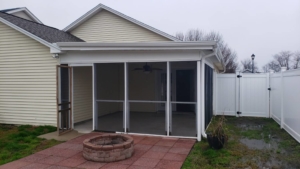
While most homes are constructed in areas where it is almost impossible to build a home without a building permit, in some instances do-it-yourselfers sneak their building projects past the permit office.
Before we dive into this article with Darren our Certified Master Inspector (CMI)® here in Myrtle Beach, it is very important to understand the design and building process along with the necessary steps required to ensure proper building practices and a safe and sound home structure:
1/ Design – Every home must have an architect designing the home using the most up-to-date practices and building codes. This design will be incorporated onto a site plan provided by your local government or a survey provided by a licensed professional surveyor.
2/ Engineering – The designer must then have the design reviewed by the responsible professional engineers (e.g., structural, mechanical, or electrical engineers) to certify that the architectural design meets the most current engineering requirements outlined by the State or Federal authorities.
3/ Permitting – The certified construction drawings must then be submitted to the local Building Department for review and issuance of a building permit.
4/ Construction – Following the issuance of the building permit, construction may commence with building inspections performed by a County or local building official at the following stages of construction. This can include the following:
- Excavation inspection prior to laying the foundation and footing
- Foundation inspection prior to covering below ground utilities
- Framing, mechanical, electrical, and plumbing inspections by professionals prior to installation of drywall on the interior
- Final inspection and a Certificate of Occupancy (CO)
If any of these steps are missed or ignored, then the end result is a compromised and possibly unsafe structure and house system. If you encounter one or more of the following major concerns detailed below, there is a definite possibility that the seller has not followed the rigorous standard process detailed above.
All of the major concerns listed below were found in a screened in porch addition on a single family home built in 2007, this is a do-it-yourselfer project with very little building experience and most certainly would not pass a local authority building inspection.

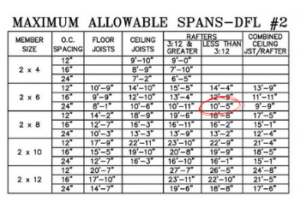
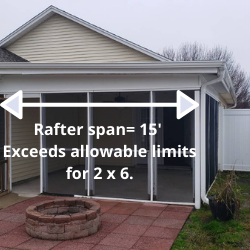

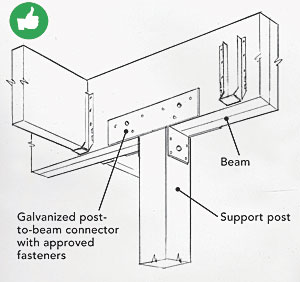

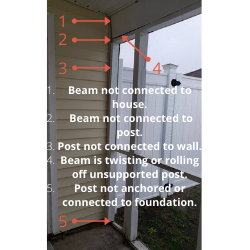
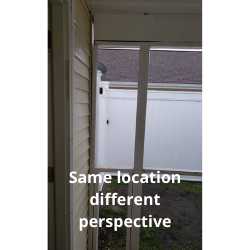

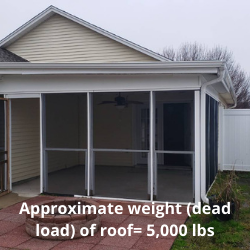



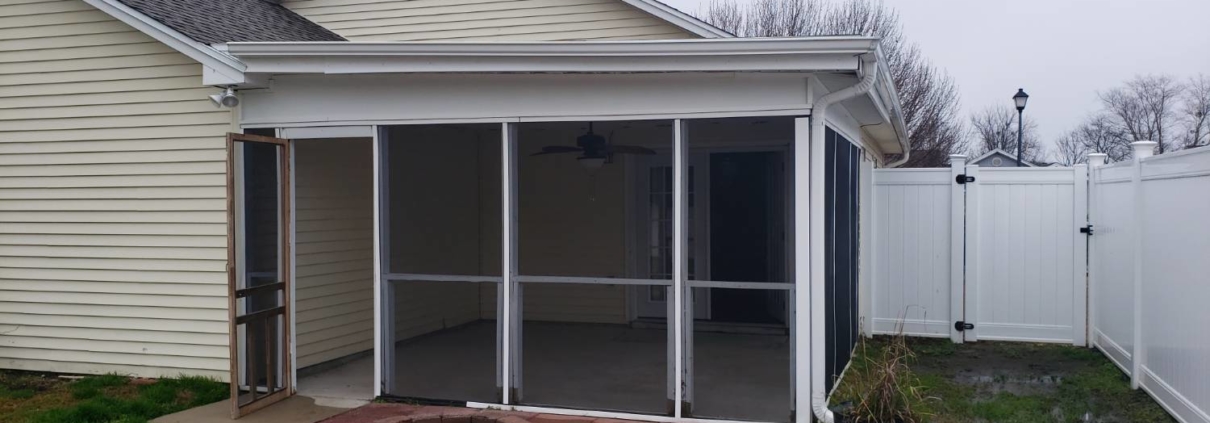


Leave a Reply
Want to join the discussion?Feel free to contribute!